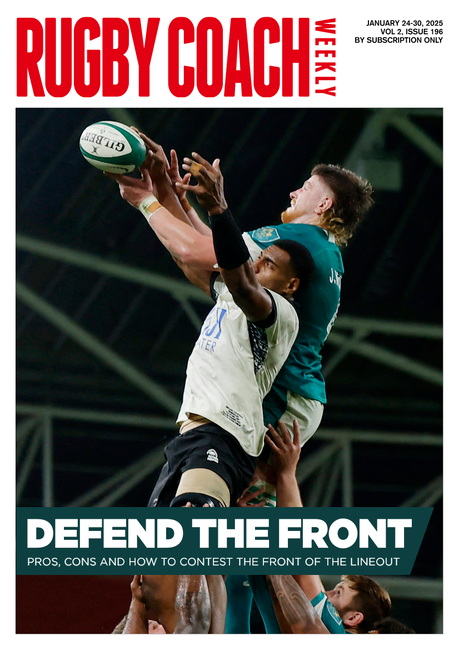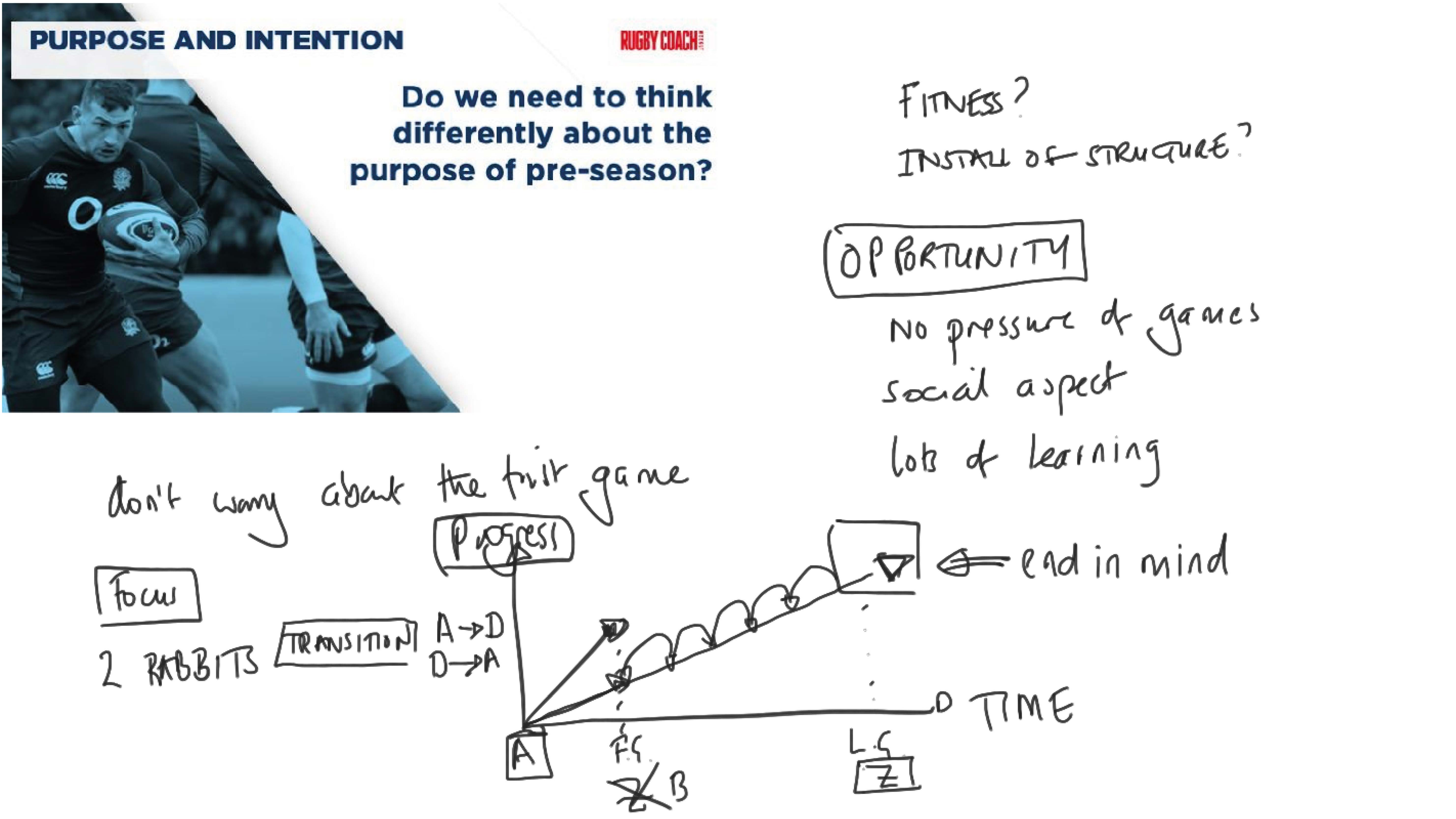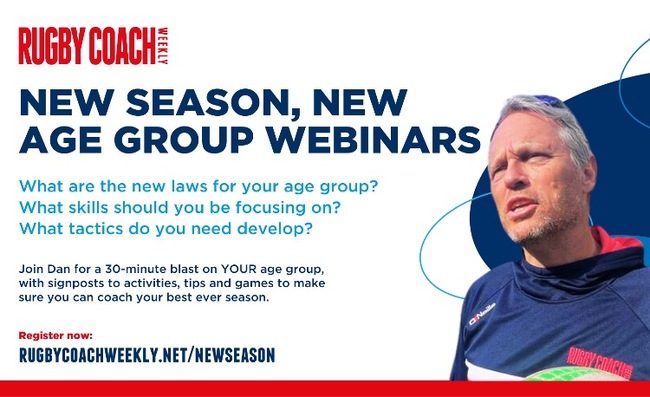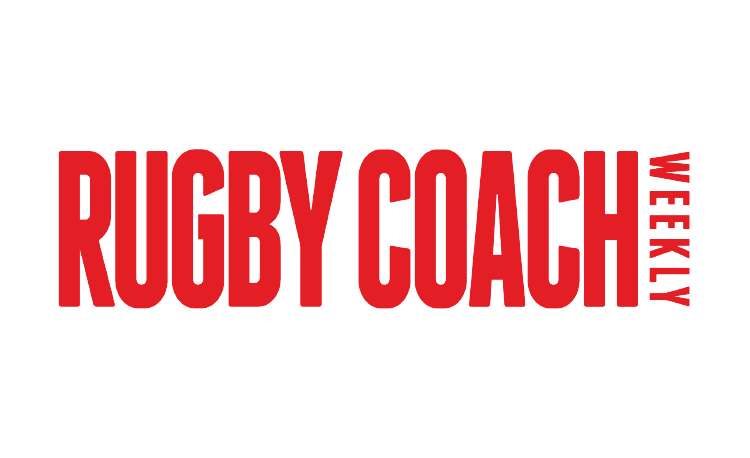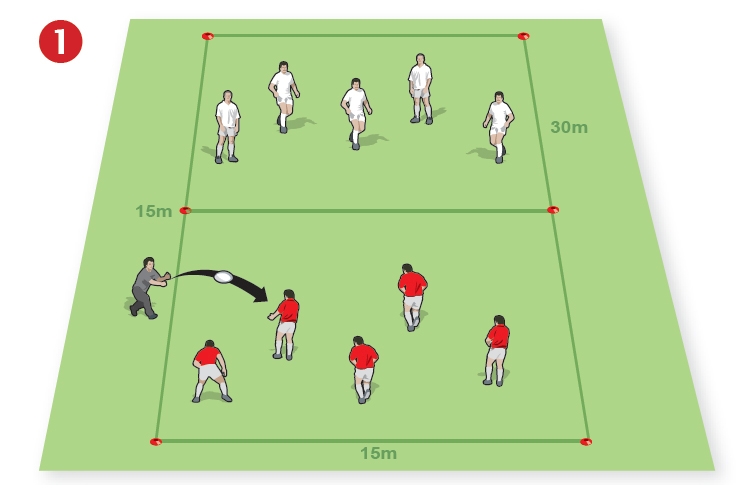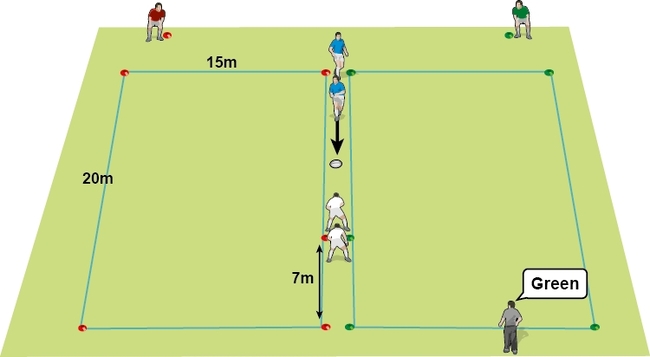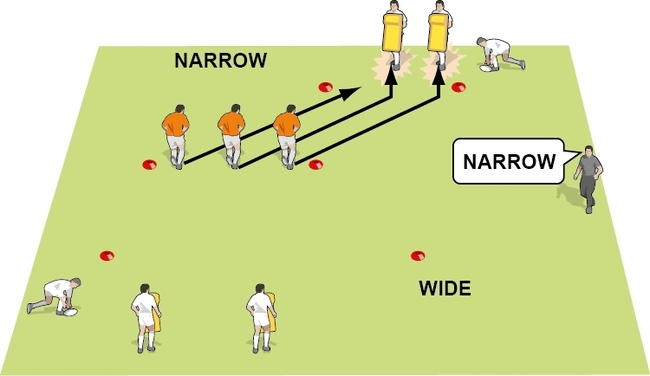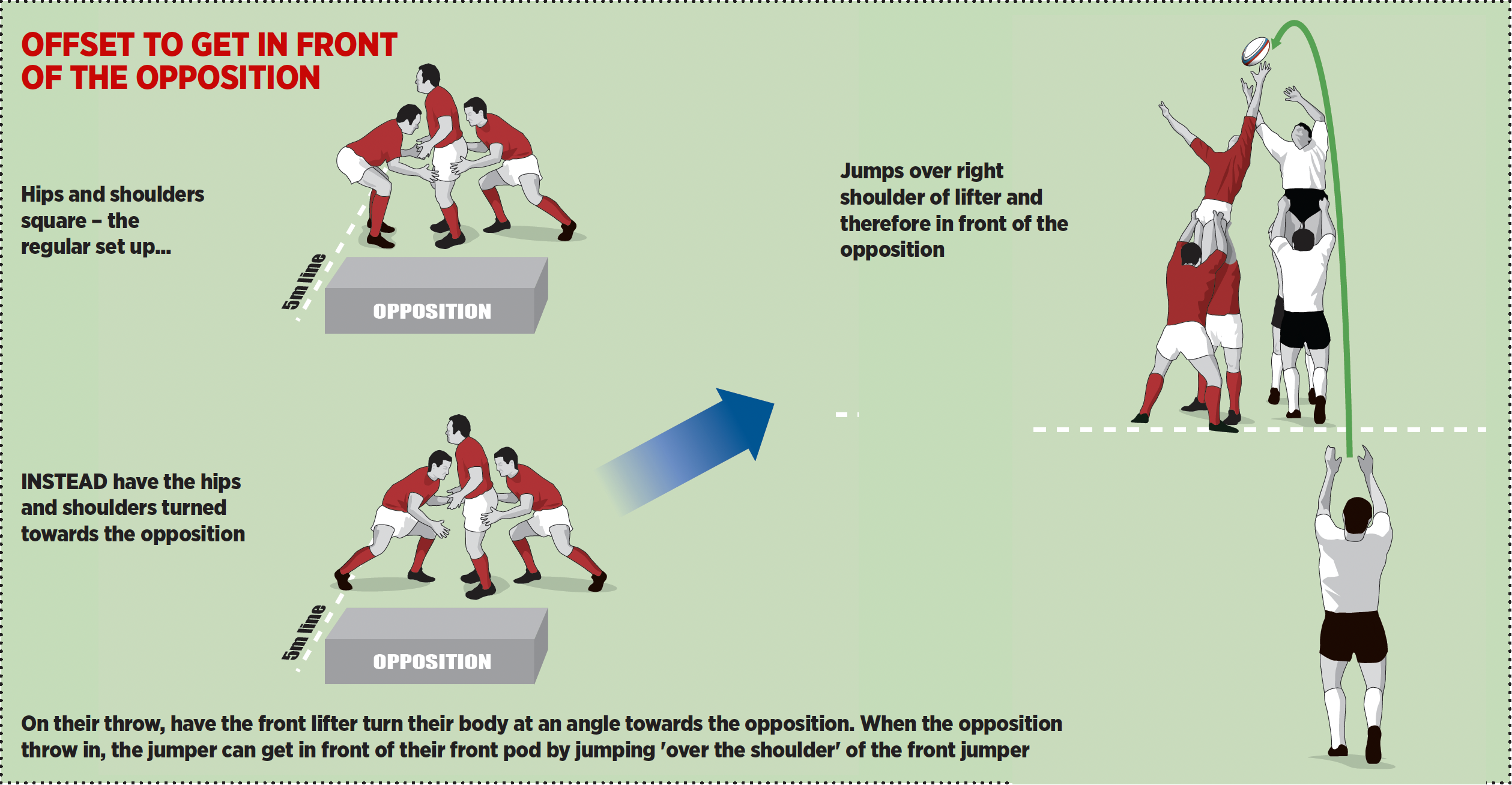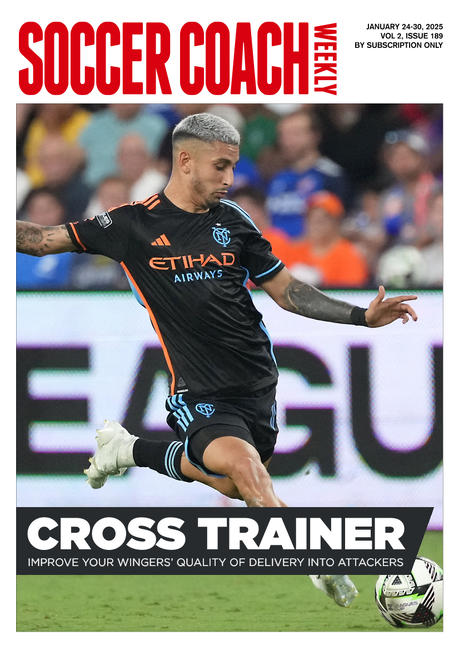Three touch rugby games that give better context
Make your touch rugby more game-realistic with these three variations. They aim to create scenarios for both attackers and defenders that replicate match-like situations.
DEFENCE FIRST
The best scenarios create pressure, so you should work on energising the defence. They should be incentivised to put pressure on the attack. When you do this, the attack will have to find better solutions.
And those better solutions are depth, speed of realignment, passing to the correct players (not just passing).
1 BEAT THE FAB FOUR
Split up into groups of four. Play 8 v 4. Say groups A and B versus C. You could play 10 v 5 or 6 v 3.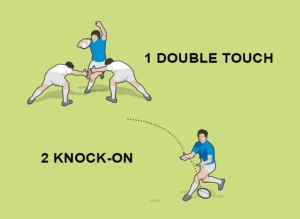
The defenders stop being defenders either when they double touch/tackle (1) the ball carrier or force a knock-on (2). A forward pass or going into touch just resets the game for another go.
The attacking group which was tackled or made the knock-on now become the defenders.
Otherwise, they stay as defenders for three goes. The attack has to pass if touched once.
Play in a 30m box (or adjust for larger or smaller numbers), always restarting near the edge of the box.
This is a busy game, lots of energy and players trying to play to space and defenders deciding whether to double up on a weaker/slower player or hang back.
2 TWO PHASE RUGBY
This time, in a larger box, have an overloaded attack. You can do this by splitting into groups of three players. With luck, you should have an odd number of groups. So, for example, groups A, B, and C attack, D and E defend (that is, 9 v 6 or 8 v 6 if you have a group of two). Then rotate.
Kick the ball to the attacking group. They attack.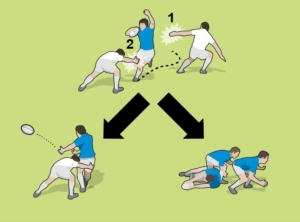
If they are touched, they can pass immediately. If they are touched by two defenders or cannot pass immediately, they go to ground. Two attackers must go over the ball.
Attack from this phase with the same rules as "beat the fab four".
In this game, we have potentially created a new phase of play. Both sides have a chance to realign and play. But the attack only has one additional phase, so they can’t simply look for a second contact.
3 MAN-OUT TOUCH
Play touch rugby, with even teams.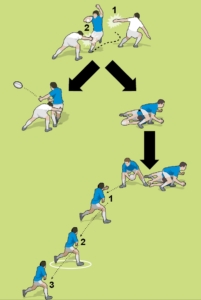
If the ball carrier is two-hand touched, they can either pass immediately (which really means they can be in the act of passing with they are touched), or go to ground and present.
One attacker must go over the ball carrier on the ground. (I like to make it a turnover if they don’t do it actively and in a low body position.)
This is the key rule: The next player to touch the ball: he can pass or run with the ball. If the opposition touch this player or the next receiver, then then they can pass immediately or go to ground (as before).
If the defence touches a second receiver, then it’s an immediate turnover unless that player is in the act of passing. That rule only applies to the second receiver. So, if the attacking team make two passes they are in danger of an immediate turnover. One or three or more passes, then they will only turnover the ball on a normal infringement: knock-on, forward pass, going into touch.
The attacking team have endless touches. Now both attack and defence have to think about how they might score or create a turnover. There will be multiple phases if the attacking team want. But, they won’t get anywhere unless they can stress the defence by shifting the focus.
Newsletter Sign Up
Coaches Testimonials

Gerald Kearney, Downtown Las Vegas Soccer Club

Paul Butler, Florida, USA

Rick Shields, Springboro, USA

Tony Green, Pierrefonds Titans, Quebec, Canada
Subscribe Today
Be a more effective, more successful rugby coach
In a recent survey 89% of subscribers said Rugby Coach Weekly makes them more confident, 91% said Rugby Coach Weekly makes them a more effective coach and 93% said Rugby Coach Weekly makes them more inspired.
Get Weekly Inspiration
All the latest techniques and approaches
Rugby Coach Weekly offers proven and easy to use rugby drills, coaching sessions, practice plans, small-sided games, warm-ups, training tips and advice.
We've been at the cutting edge of rugby coaching since we launched in 2005, creating resources for the grassroots youth coach, following best practice from around the world and insights from the professional game.


